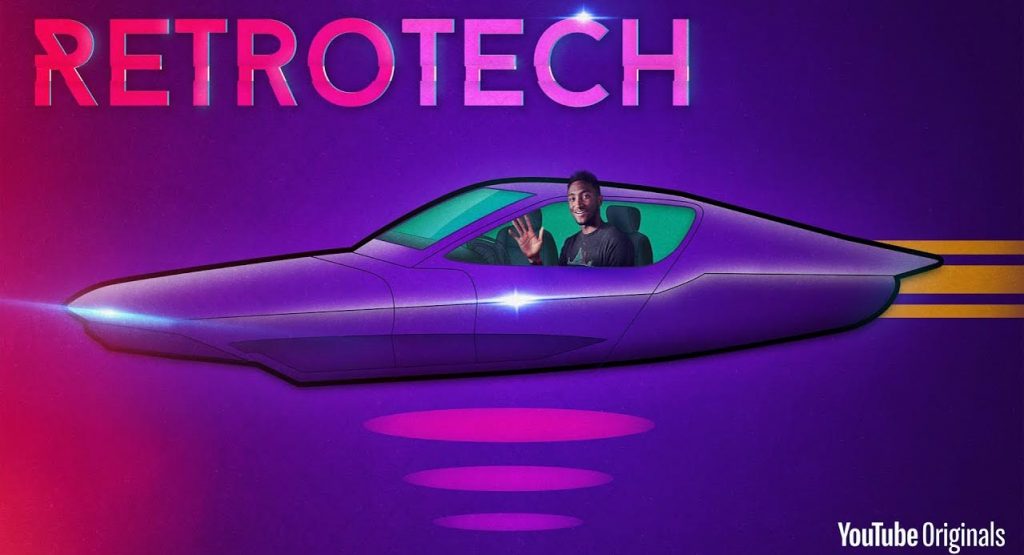Season 2 of Marques Brownlee’s (aka MKHB) Retro Tech has kicked off with episode one asking what exactly happened to the promise of the mythical flying car of the future.
The tech YouTuber, who was recently announced as a columnist for TopGear Magazine, examines why what was promised to us years ago by popular culture is still yet to translate into reality.
It’s been a dream that’s been a long time coming, as since the Aerocar of the ’60s we’ve been awaited the future of personal mobility in flight. And whether it was watching The Jetsons on TV or the Back To The Future DeLorean on the big screen, the future has always promised that we’ll one day ditch the wheels and tires and instead navigate our way around the skies.
Read: Is It A Limo? Is It A Plane? No, Say Hello To The World’s First Learmousine
Turns out, it’s not as simple as that. Brownlee introduces us to the mechanics of getting his 5,000 lb Tesla to hover. To get it into the air, we’re told it requires at least 1.6 MW of power — that’s via cold gas thrusters – something Tesla is apparently working on for the new Roadster.
According to Brownlee’s calculations, the Model S’ 100 kW battery could only sustain a hover time of around 3-4 minutes – and that’s without any forward movement. Which is a bit of a comedown from the 315-mile range when on terra firma.
See Also: Musk Says Roadster From Tesla Will Hover Thanks To Rocket Thrusters
After some exploration of Segways and hoverboards, it’s concluded that, while having some kind of personal airborne craft is a nice concept, it seems that cars themselves will likely be confined to the ground for many years to come. Instead, we should perhaps be more excited about the many software solutions and the ongoing development in mobility options that will no doubt shape our roads for the decades to come.




